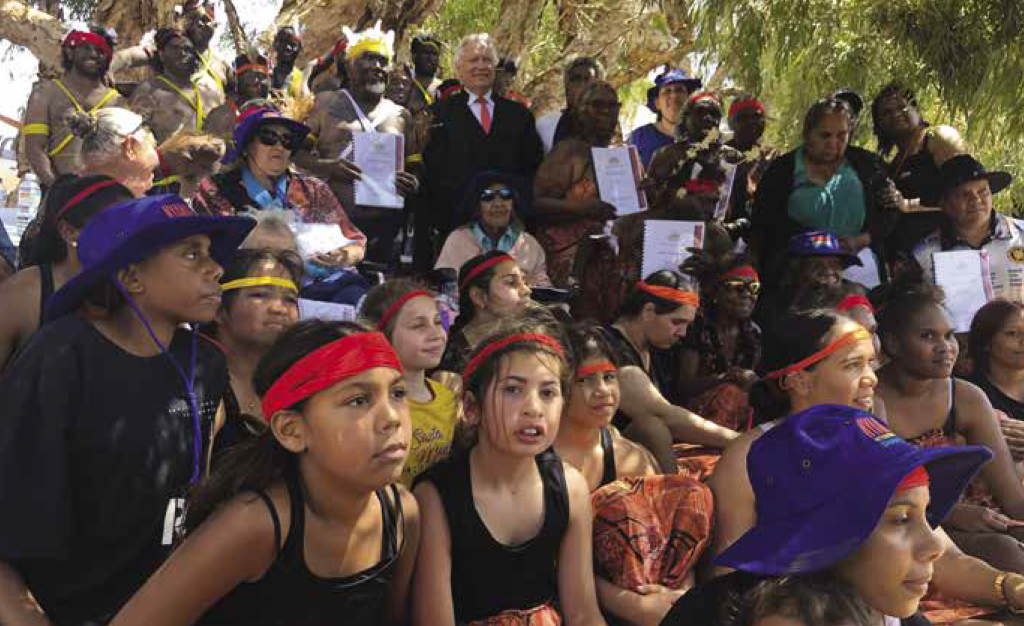Since the passage of the Native Title Act in 1993, native title has been recognised across almost 80% of the Pilbara. What this means for land access and control by Traditional Owners is often poorly understood. Even within government and industry, knowledge is patchy, and there is often policy confusion, or no policy at all, about how to ensure that Traditional Owners can practically exercise their rights.
Native title is recognised in two forms: exclusive possession, the strongest form, includes ‘the right to possess and occupy an area to the exclusion of all others’, whereas non-exclusive possession means native title areas are shared with other interest holders. In Western Australia exclusive possession mostly exists on unallocated crown lands, Aboriginal owned pastoral leases and Aboriginal Land Trust lands, while non-exclusive native title is common on pastoral leases, unallocated crown lands and some crown reserves.
On pastoral leases, Traditional Owners have rights to access non-exclusive native title areas for the traditional activities stipulated in their native title determination. These typically include rights to camp, perform ceremonies, use traditional resources, maintain sacred sites and manage lands in a way that is consistent with traditional practices. These activities must not conflict with the rights of the pastoral leaseholder to run a pastoral enterprise. Despite restrictions, this means that for native title holders there is now no such thing as a permanently locked pastoral gate or native title area that cannot be managed for traditional purposes.
Pastoral land can be cooperatively managed – for both cultural and pastoral purposes, although some early attempts by pastoralists to impede access to native title holders set a poor precedent. There is enormous untapped potential for cooperative, mutually beneficial land management, including with support by Commonwealth programs for Indigenous rangers to work on native title lands on pastoral leases and closer collaboration with state agencies operating to support pastoralists.
The Western Australia Government and peak pastoralism bodies (the Kimberley Pilbara Cattleman’s Association and the Pastoralists and Graziers Association) do not currently have any public policies or guidelines about cooperative, mutually beneficial land management agreements between native title holders and non-Indigenous pastoralists. One example from elsewhere is the Queensland Government’s Guide to the Pastoral ILUA template. It makes clear that an Indigenous Land Use Agreement (ILUA) can provide mutual benefits – for example, by specifying ‘practical and flexible arrangements’ for when and how native title parties can access and use the area and ‘how the pastoralist’s lease will be protected from certain activities, such as the introduction of weeds or the lighting of fires’; and by providing for the establishment of nature refuges and the protection of traditional sites and objects. The South Australian Farmers Federation promoted pastoral ILUAs under a state-wide ILUA framework, but the focus was on standardising access arrangements for Traditional Owners and opportunities for employment, training, and tourism.
